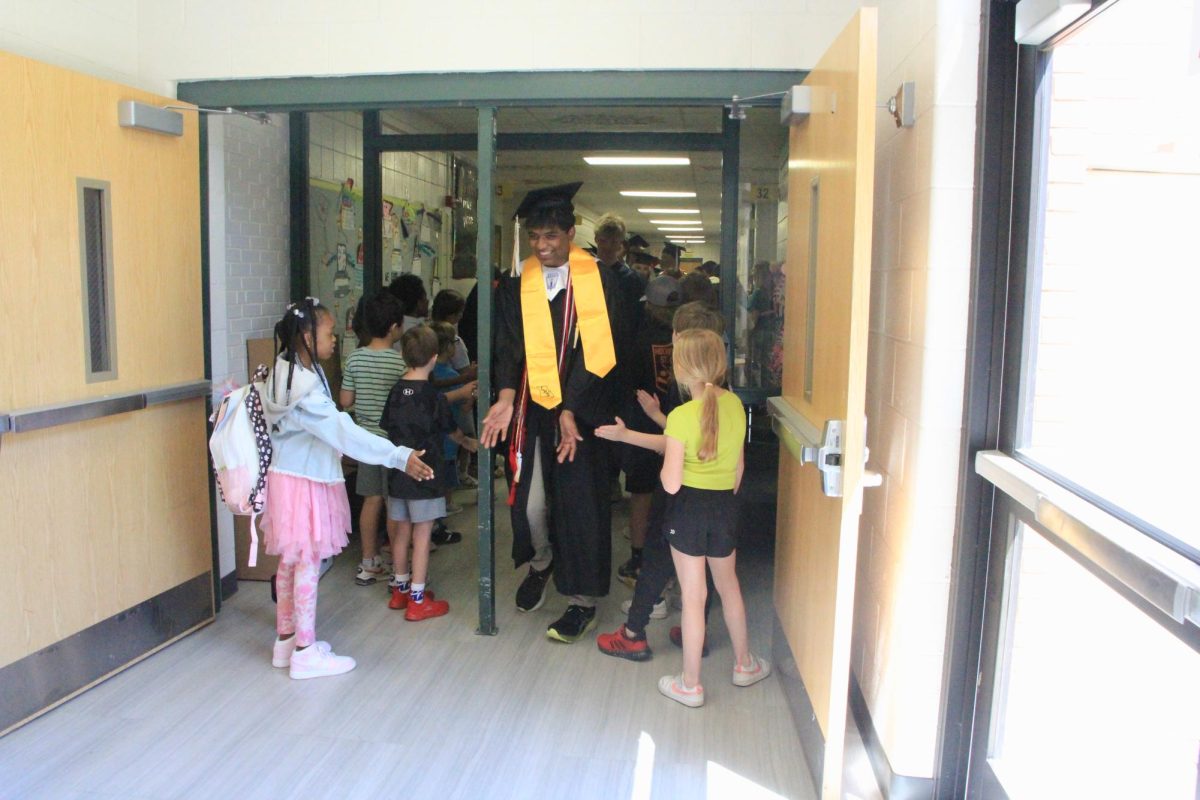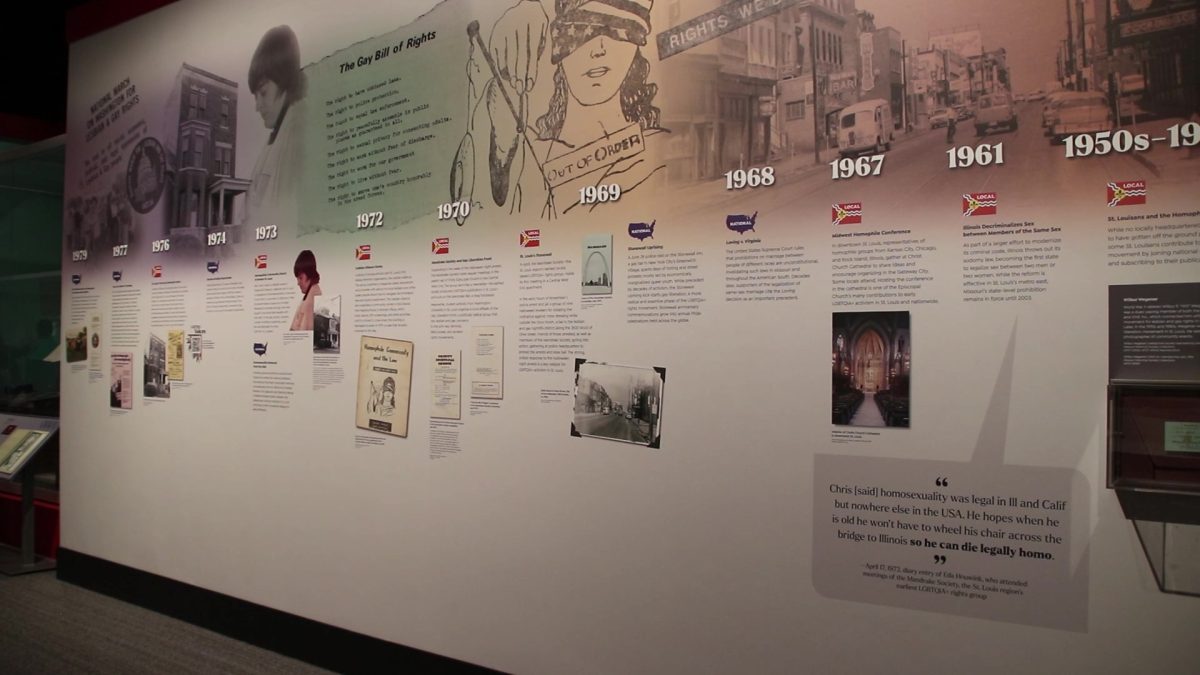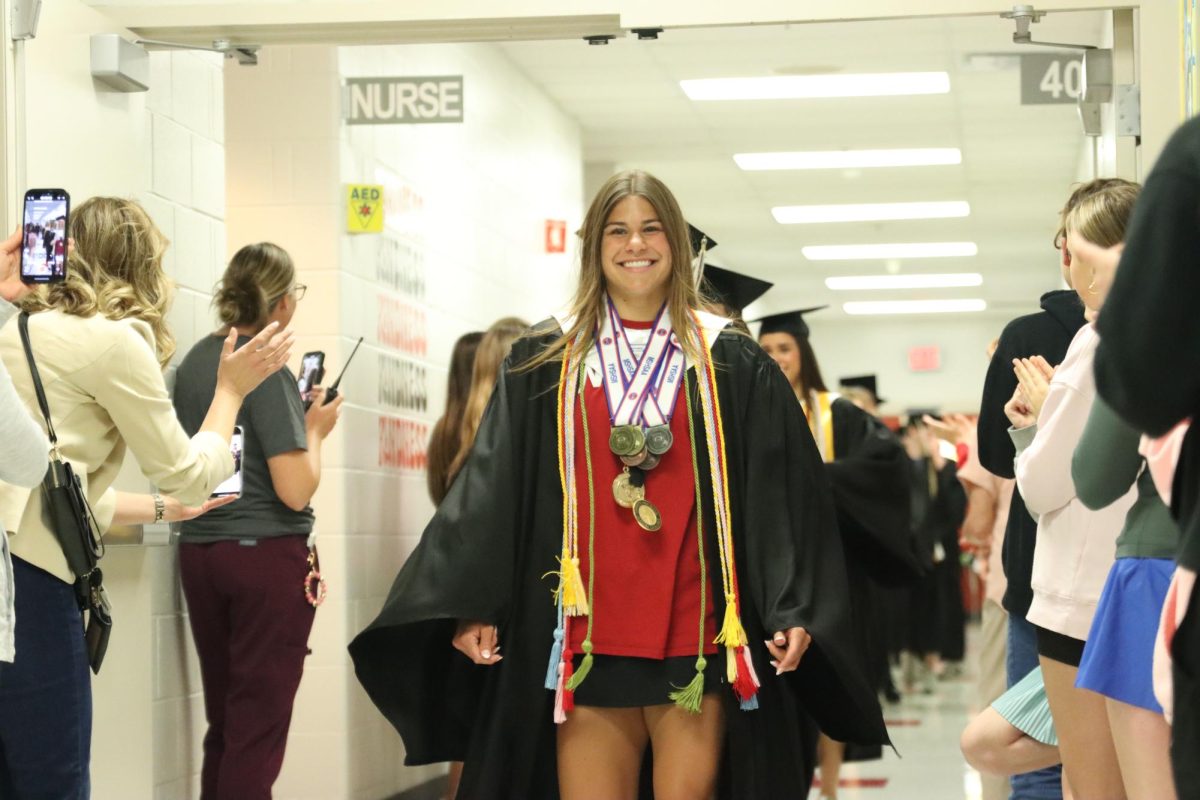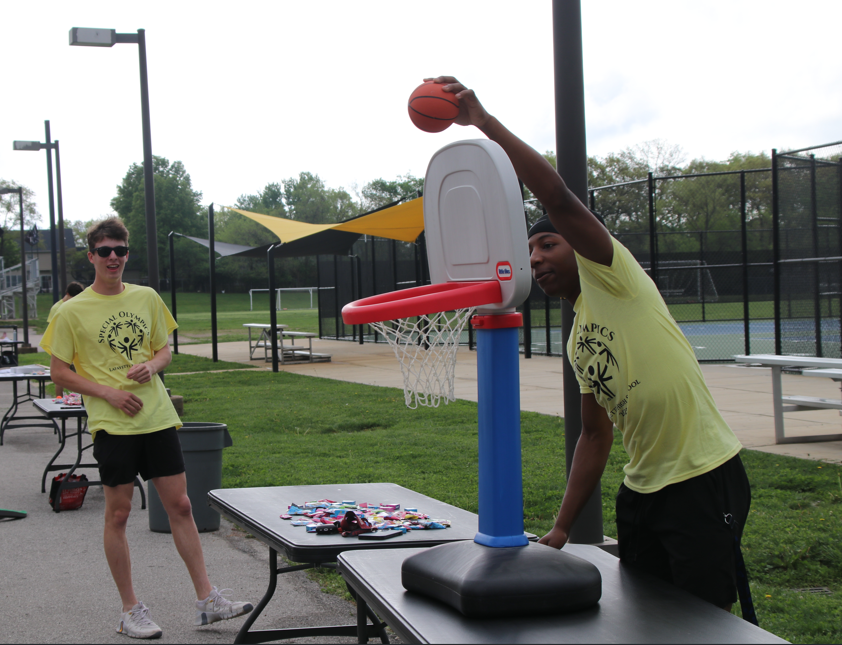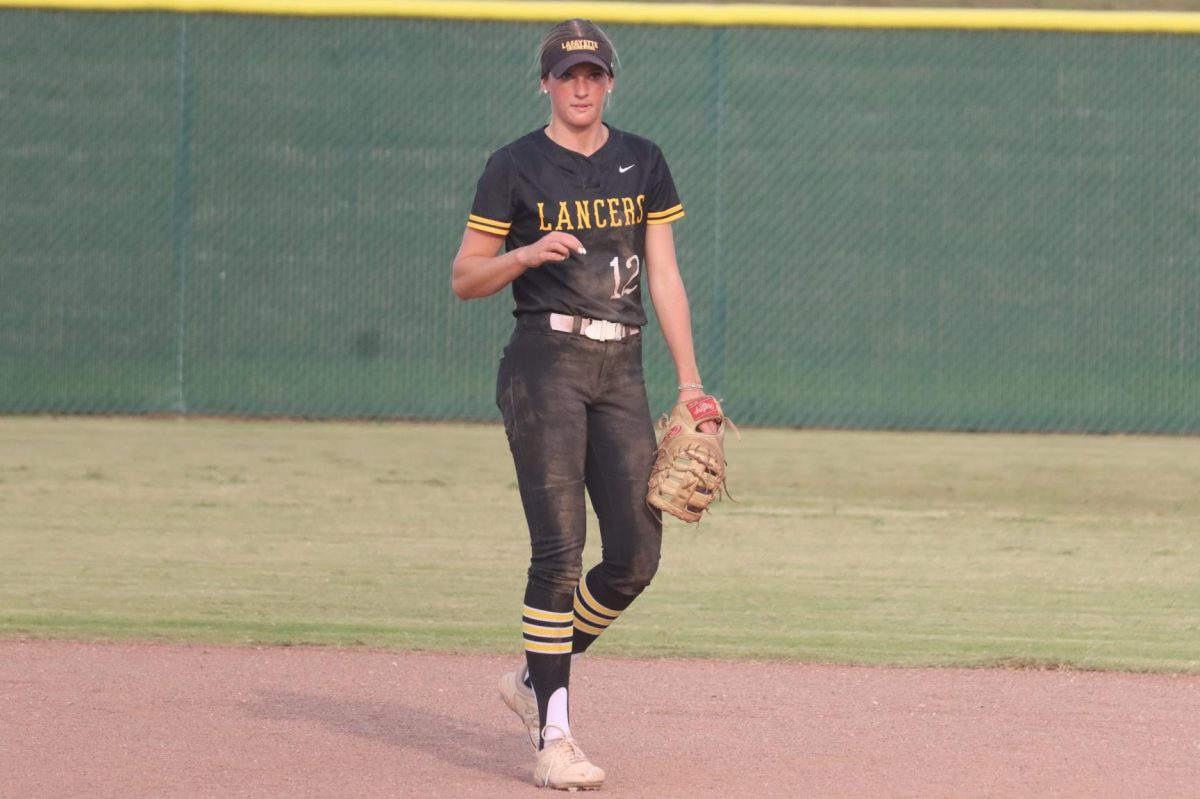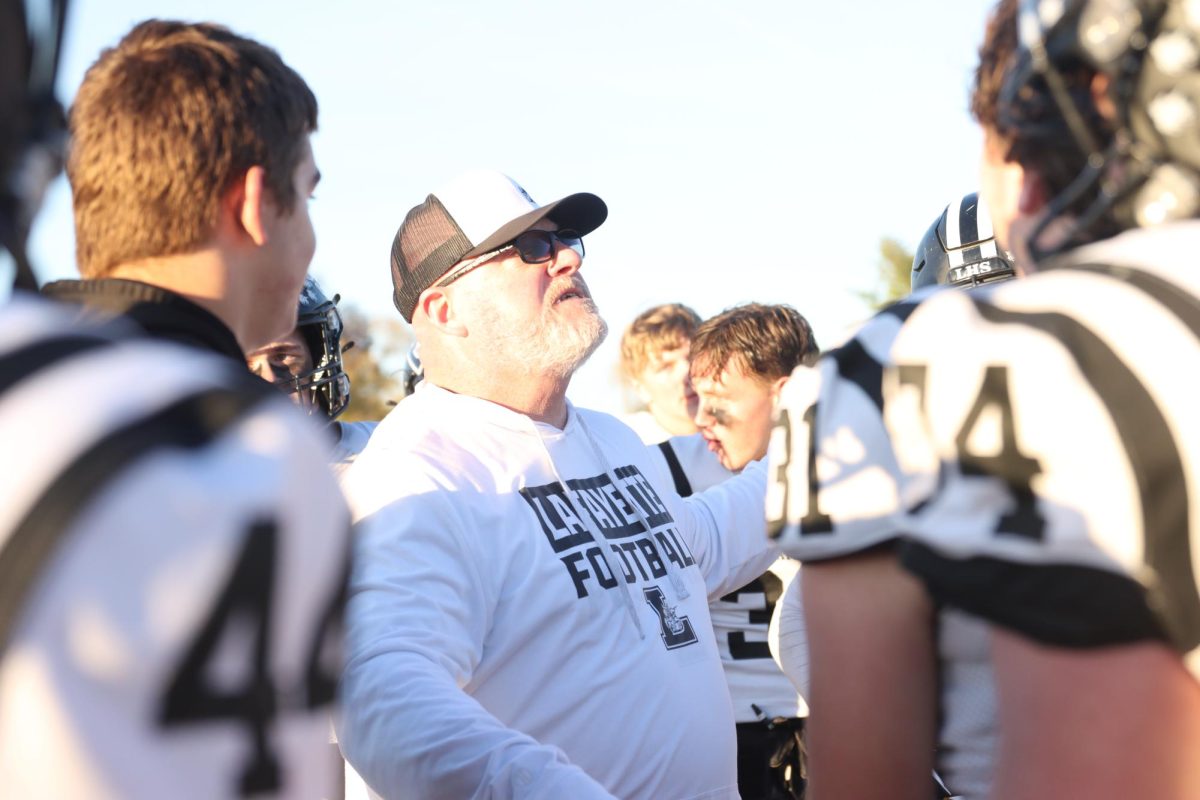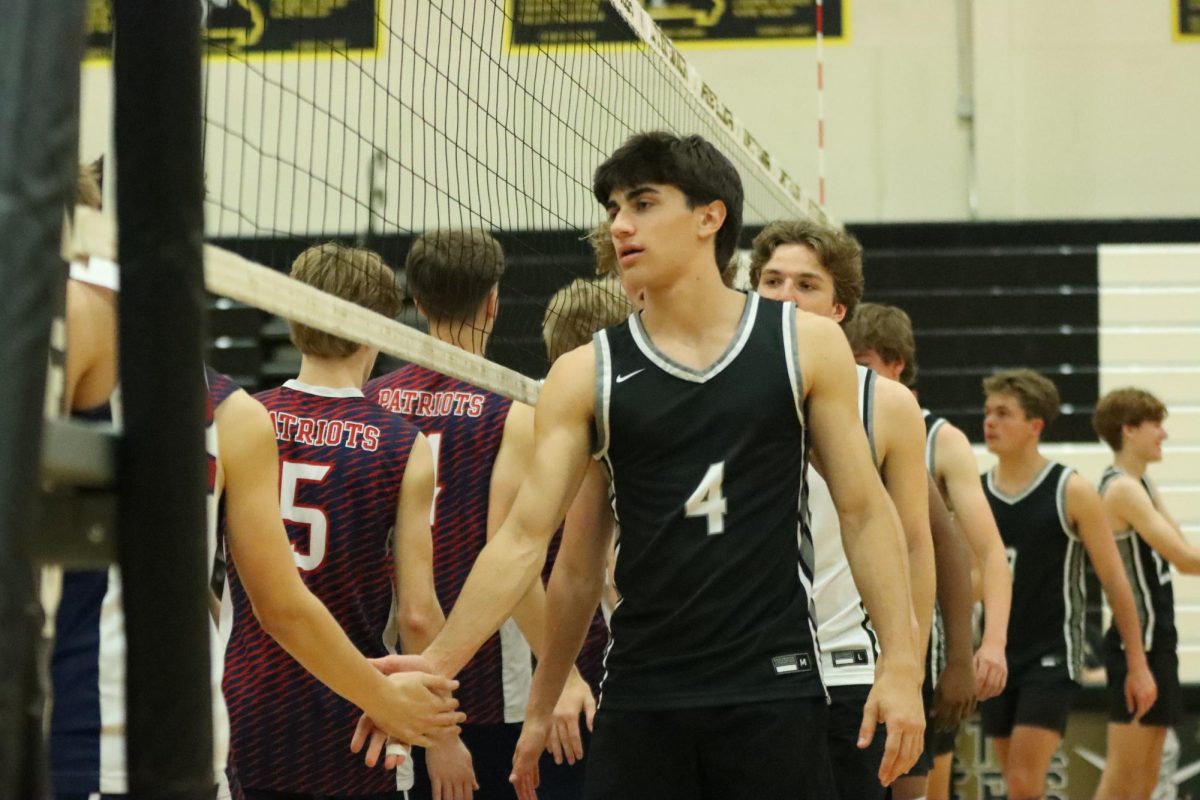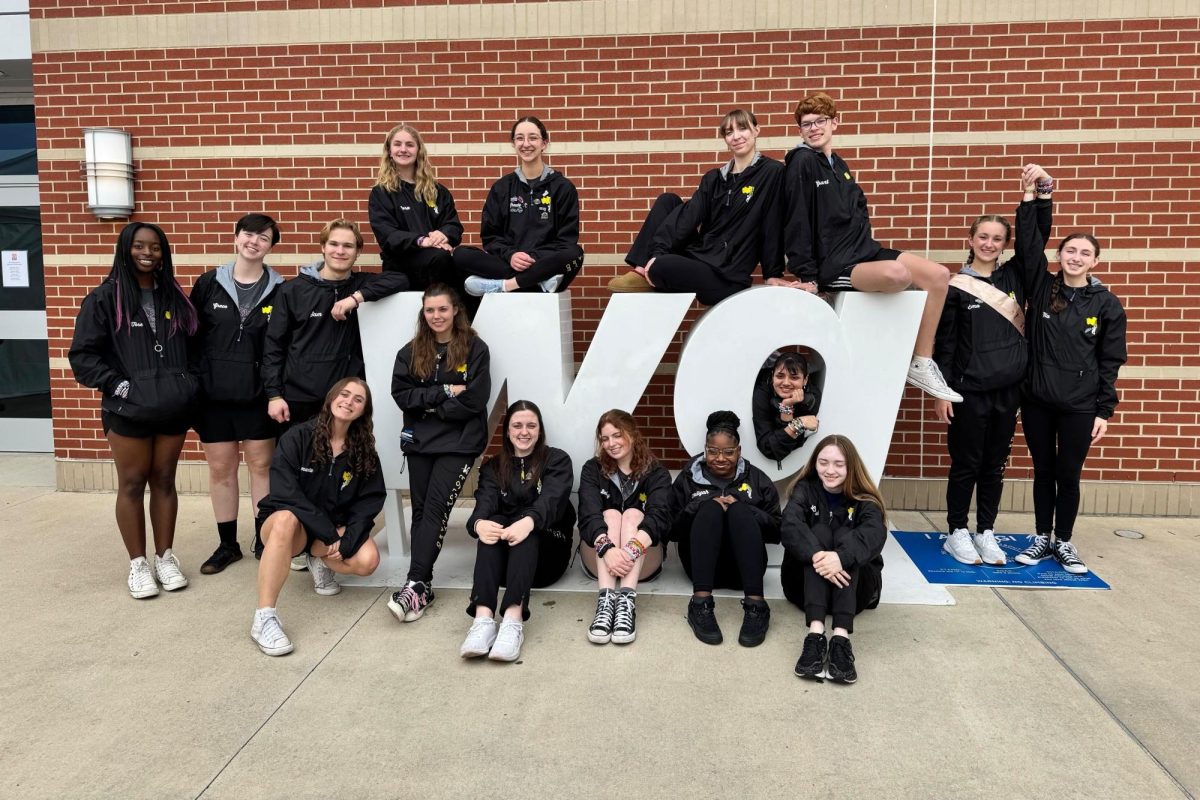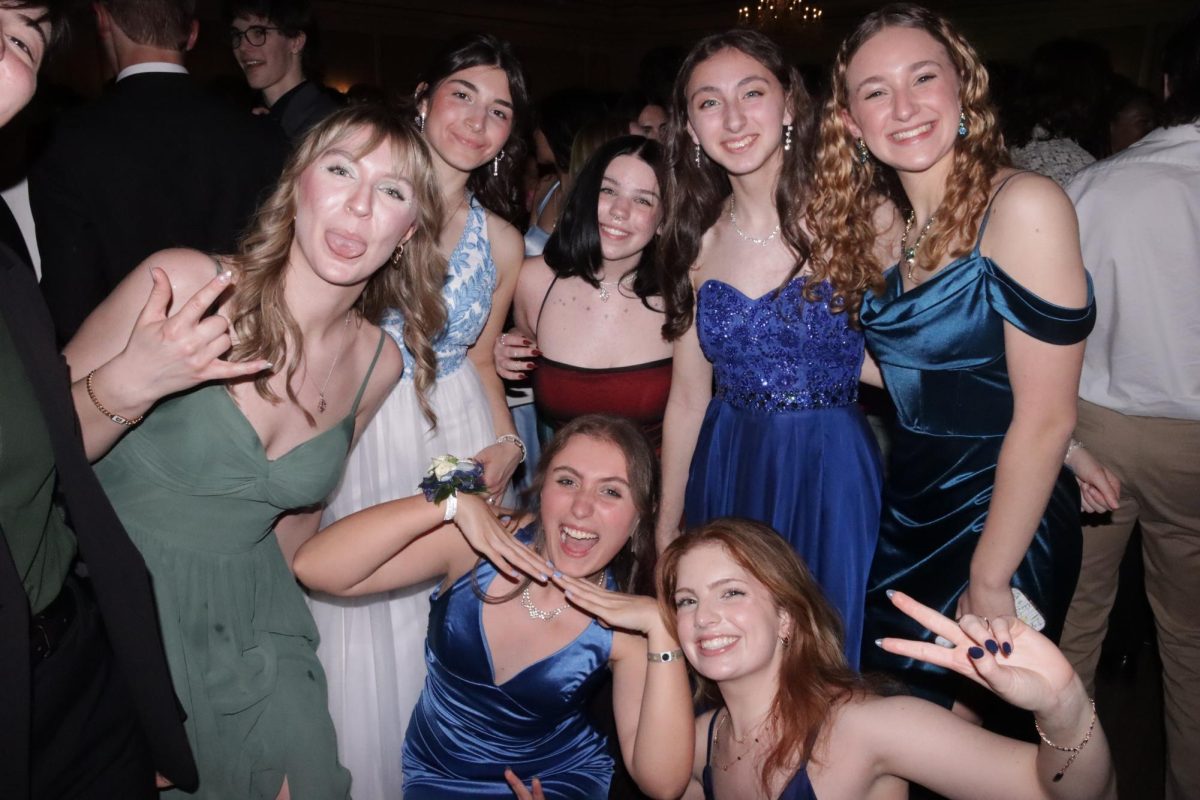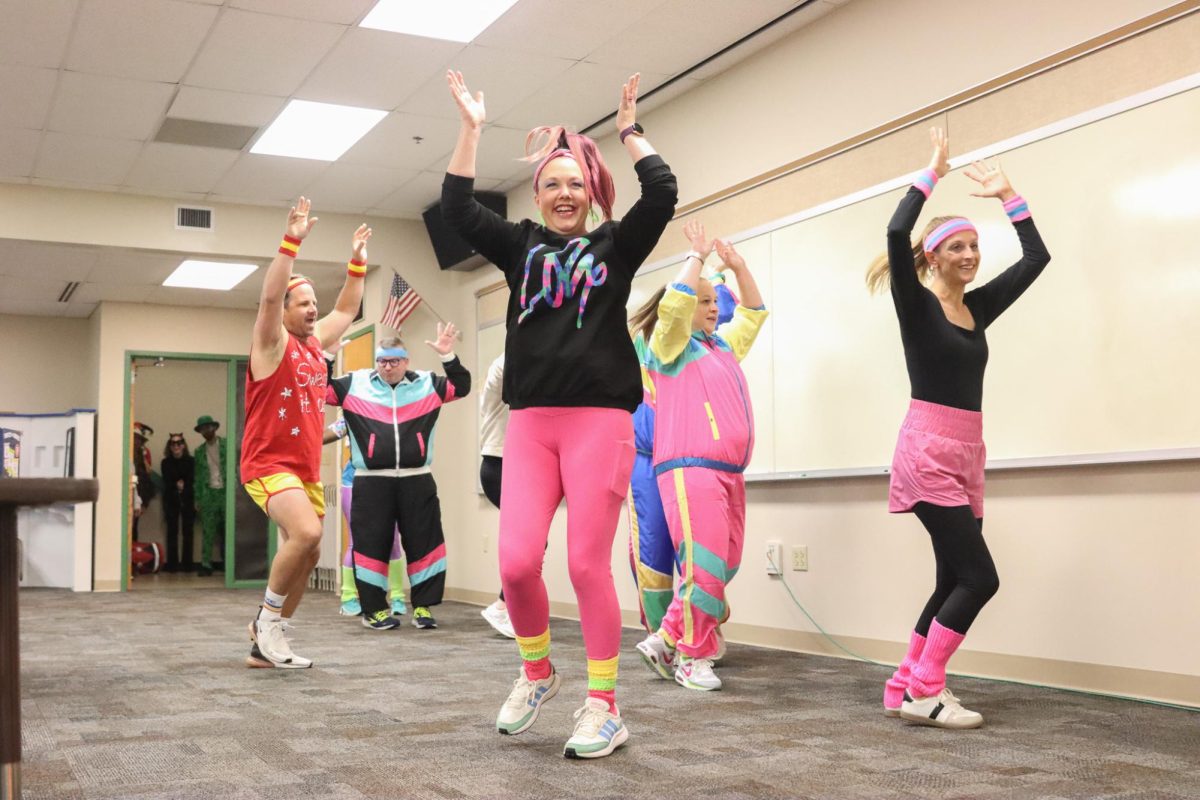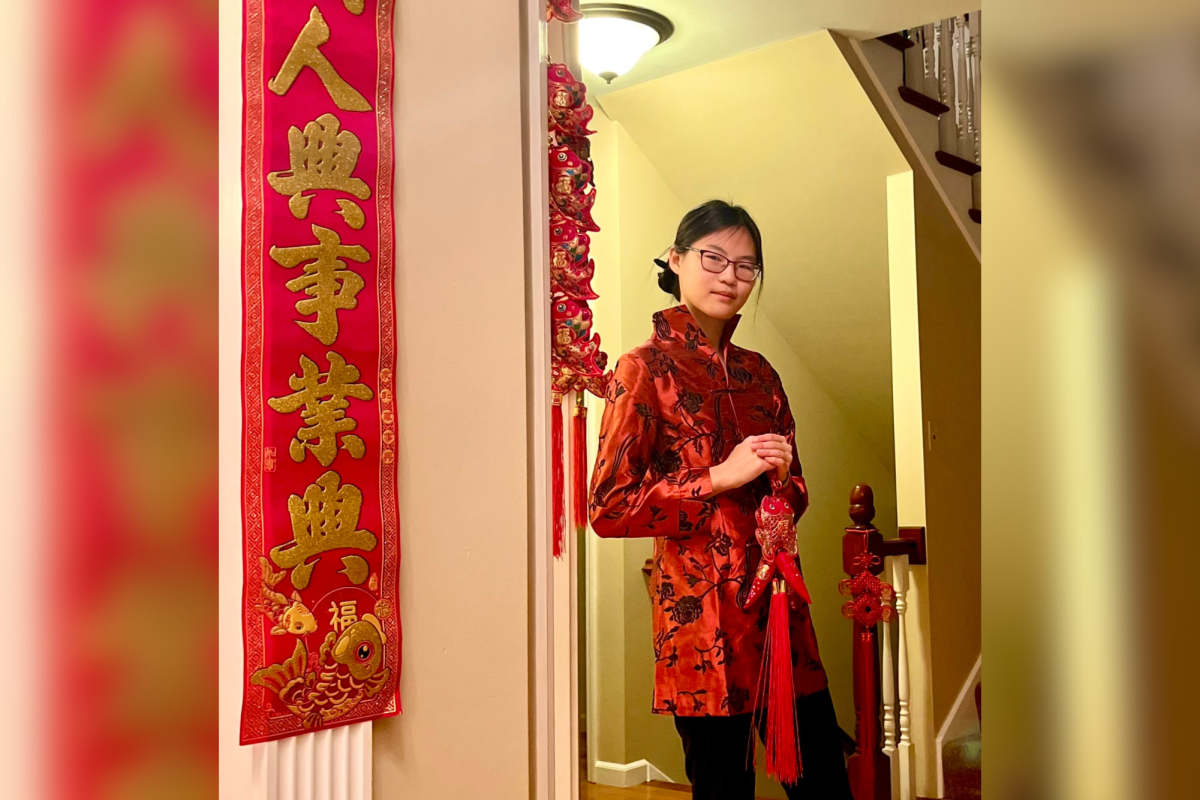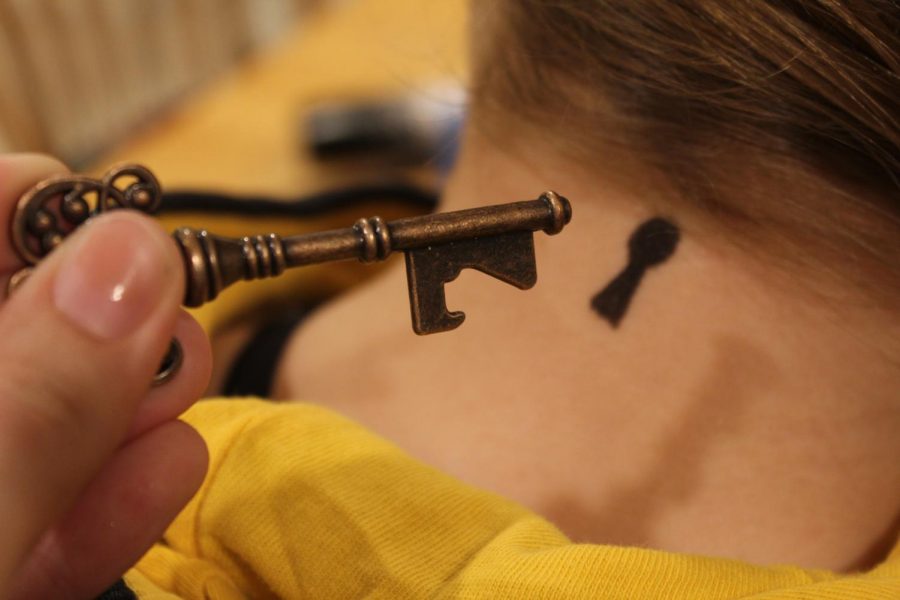Review: ‘Locke and Key’ fails to unlock full potential
Netflix’s “Locke & Key” premiered on Feb. 7 with the release of it’s ten-episode first season. The show has since received mixed reviews, such as it’s 66% series score on Rotten Tomatoes, but a 71% audience score on the same site.
March 10, 2020
Derived from the comic series of the same title, Netflix’s “Locke and Key“ released all ten of their episodes on Feb. 7, 2020. The first issue of the comics was released on Feb. 20, 2008. The six-act comic series concluded on Dec. 18, 2013, with the release of Alpha #2: The Last Door. The series was picked up by four studios and had two pilots filmed and discarded before making its appearance on Netflix.
The “Locke and Key” comics were praised for their ability to utilize the family dynamic to drive the plot while simultaneously using their horror elements to create suspense and keep audiences engaged. The Netflix series attempted to mimic this concept by focusing on the younger characters of the story, the Locke siblings. Tyler (Connor Jessup), Kinsey (Emilia Jones) and Bode (Jackson Robert Scott) portray siblings in a completely realistic way and their chemistry on-screen works perfectly with the story. However, there wasn’t much story to go off of.
The horror and gore from the comics did not translate on-screen, which isn’t necessarily a bad thing; however, the way Netflix portrays it really just makes “Locke and Key” seem like a very watered-down horror show that just has enough language to give it that TV-14 rating.
The story was focused mostly on the Locke siblings, who had just moved to the town of Matheson, Massachusetts into a family mansion known as Keyhouse after the untimely murder of their father, Rendell Locke (Bill Heck), at the hands of troubled student Sam Lesser (Thomas Mitchell Barnet).
Rendell’s wife, Nina Locke (Darby Stanchfield), moves the family in hopes of starting fresh after the death of her husband but also moves to his hometown in hopes of learning more about him. Nina finds that there was much more to Rendell’s life than she had known; however, Nina’s discoveries pale in the light of Bode’s discoveries, always putting Nina’s kids a few steps in front of her.
Perhaps the biggest concept in the series is Bode’s discovery of different hidden keys throughout the house that, when used, all bend reality in some way, shape or form. For example, one key can be used to go anywhere that the user has seen by unlocking a door and walking through it, while another key allows the user to walk into their own head and out at will.
These keys get the attention of the main villain of the series, Dodge (Laysla De Oliveira), who continually manipulates the Locke kids, specifically Bode, in order to obtain these keys.
Both Dodge and Lesser serve as antagonists of the story; however, neither of them really has the qualities of typical antagonists, nor are they really all that scary. Dodge is extremely manipulative, but whenever she attempts to threaten anyone, it comes across as forced and more showy than intimidating. As for Lesser, the only time he is really considered hostile is when he happens to have a gun in his hand, which is for most of the series, so it loses its momentum about halfway through the episodes.
While the story is pretty lackluster in the series, the acting is anything but. The characters are diverse and even side characters such as Ellie Whedon (Sherri Saum), Scot Cavendish (Petrice Jones), Jackie Veda (Genevieve Kang) and Gabe (Griffin Gluck) give stellar performances that move the plot along just as much as the principal characters.
As for the cinematography, set, props and costumes, everything about the series fits together like a lock and key. The dark overtone with Victorian elements creates a visually appealing show that does not let up throughout the entire series. Each technical element of the show makes sense together and creates a great foundation for whatever direction each episode went. Due to the overall tone of the show, the producers were able to seamlessly transition between happy-go-lucky sequences and tension-building action-packed scenes that happen back-to-back, sometimes even in the same setting.
Overall, Netflix’s take on the “Locke and Key” storyline, while visually stunning with stellar performances from the cast, ultimately doesn’t live up to the expectations set by the critically-acclaimed comic series written by Joe Hill, the son of well-known horror author Stephen King, and illustrated by Gabriel Rodriguez. Had the series stuck more to the original storylines and also developed the plot more, paired with the technical aspects of the production of the series, “Locke and Key” had the potential to have been one of the best horror/drama shows on the service.
You can view the trailer for “Locke and Key” here.

